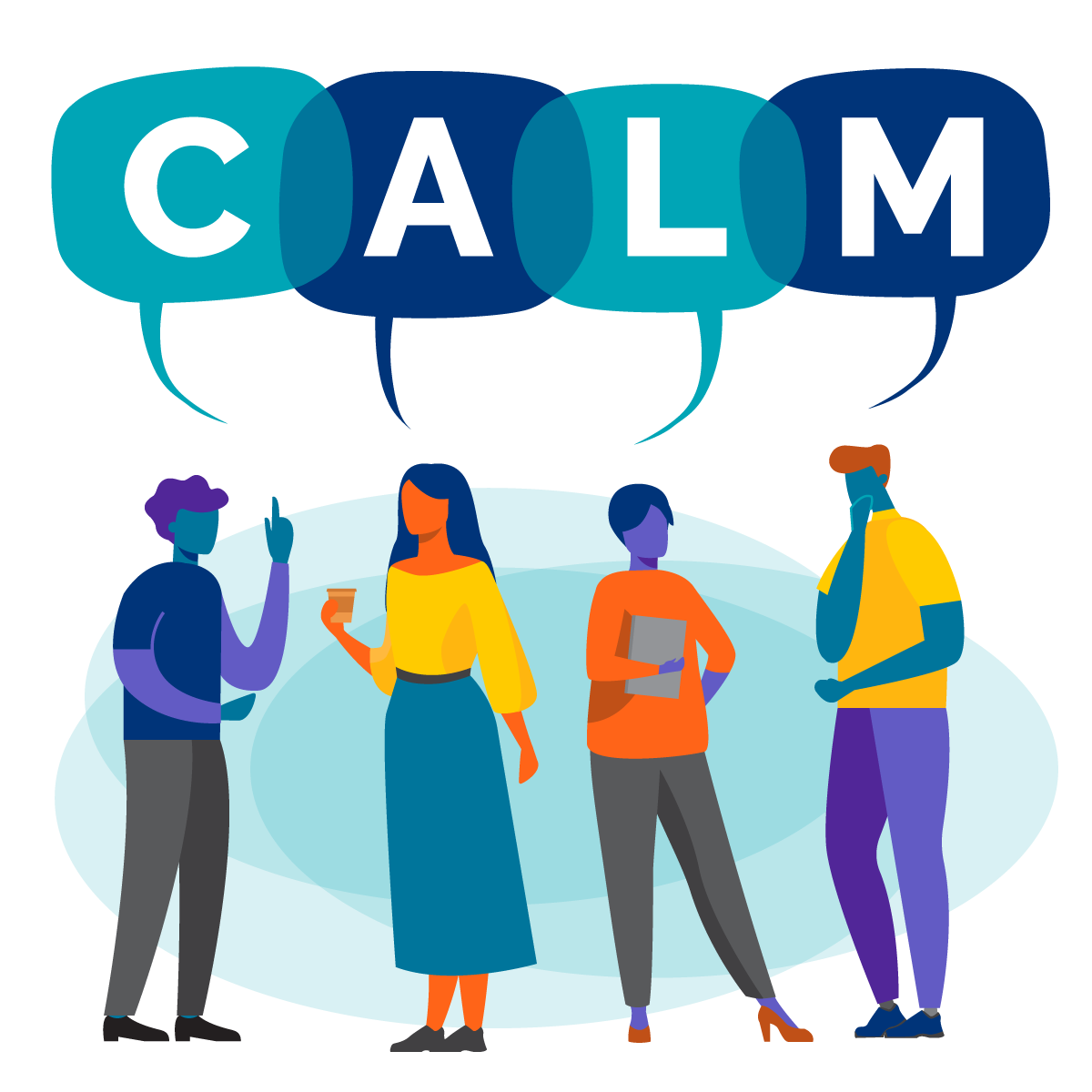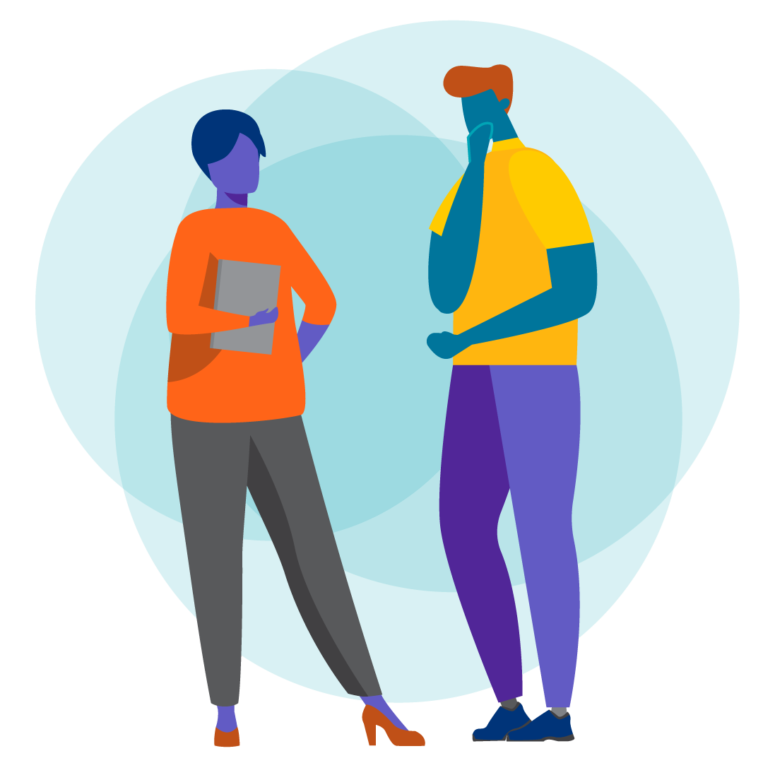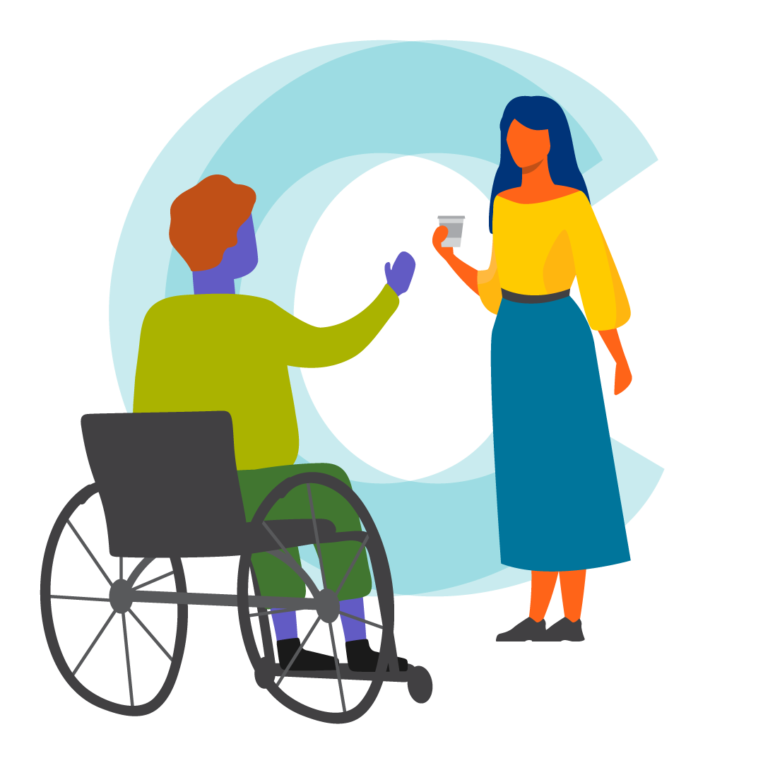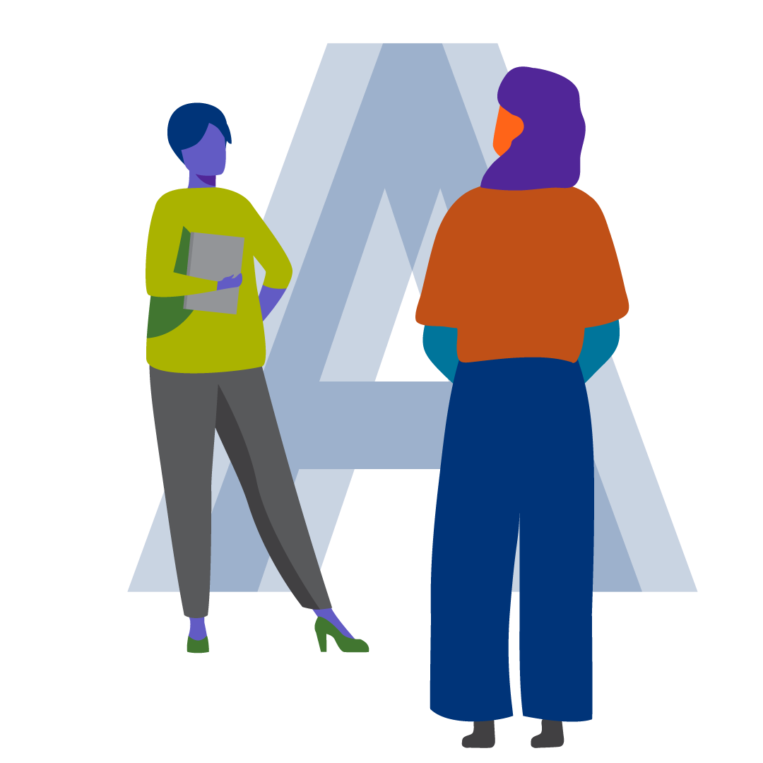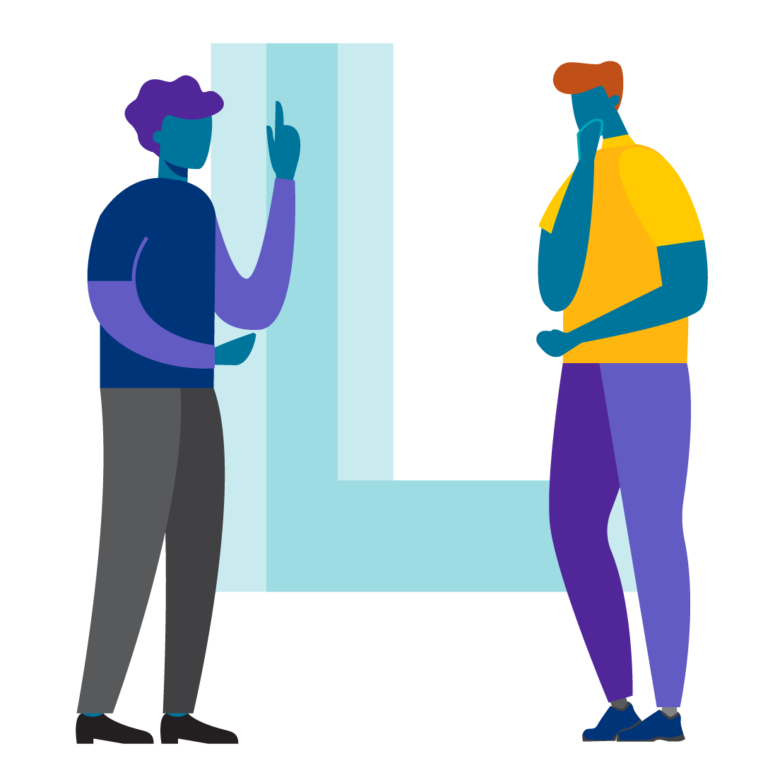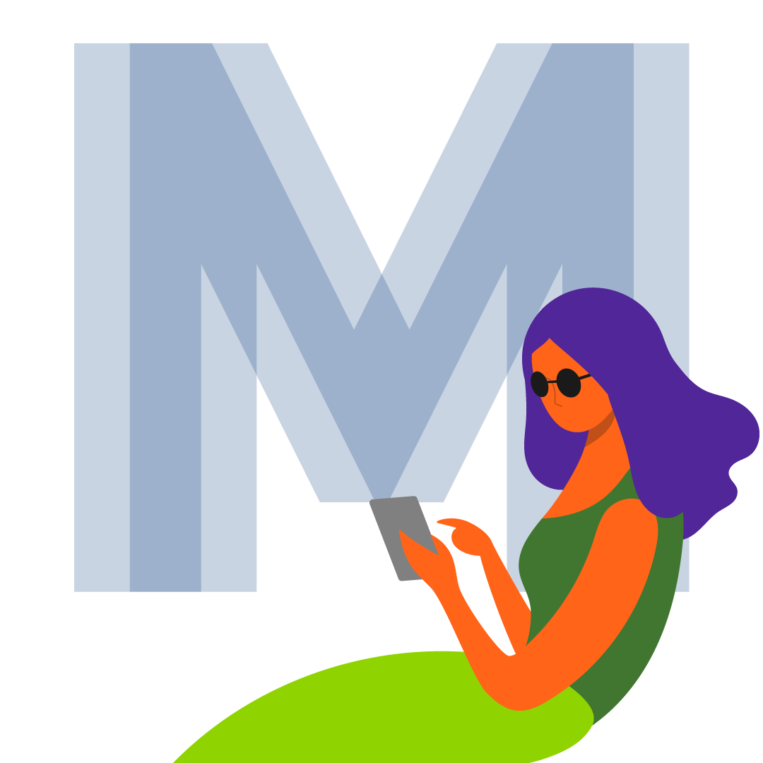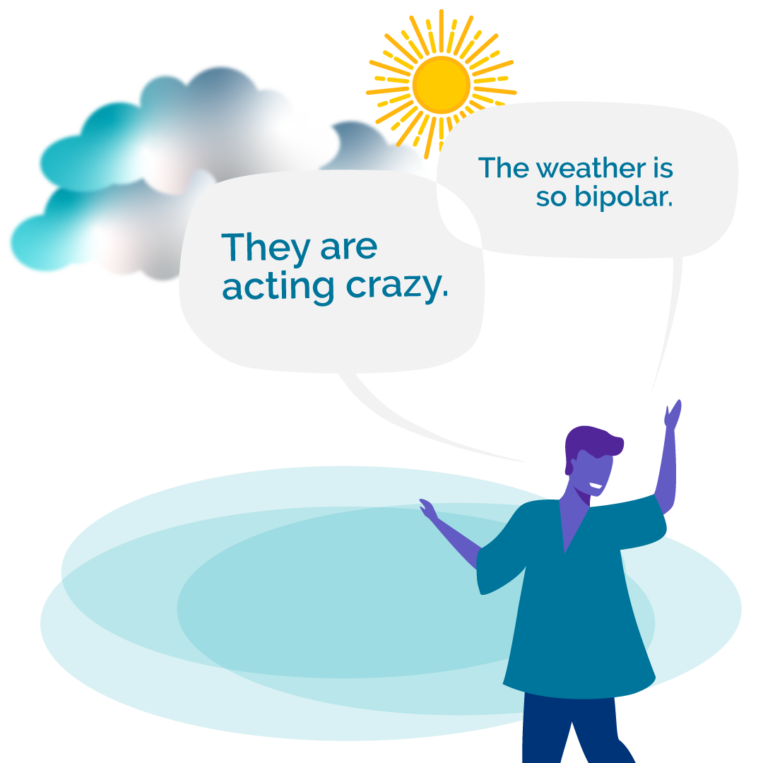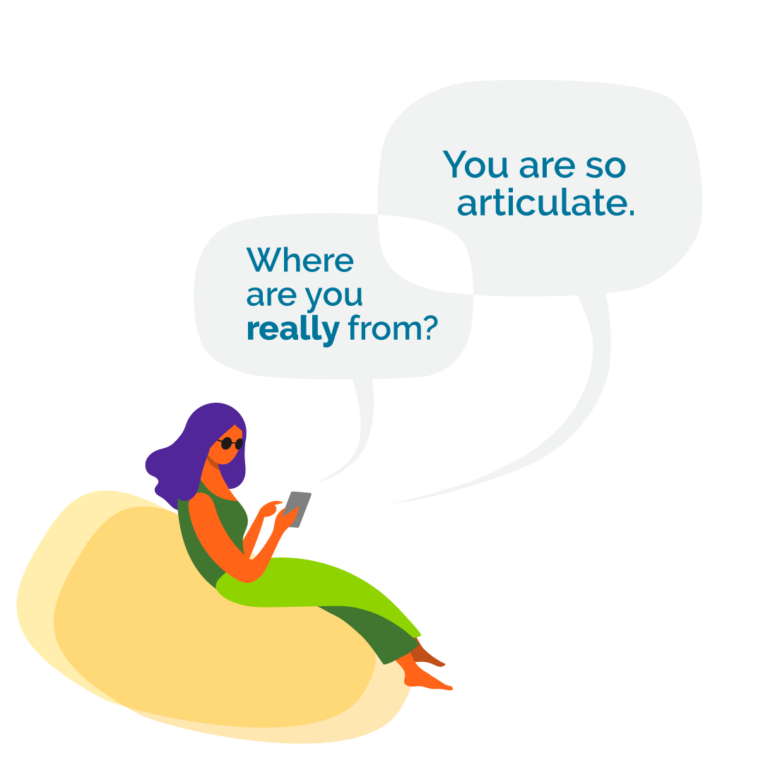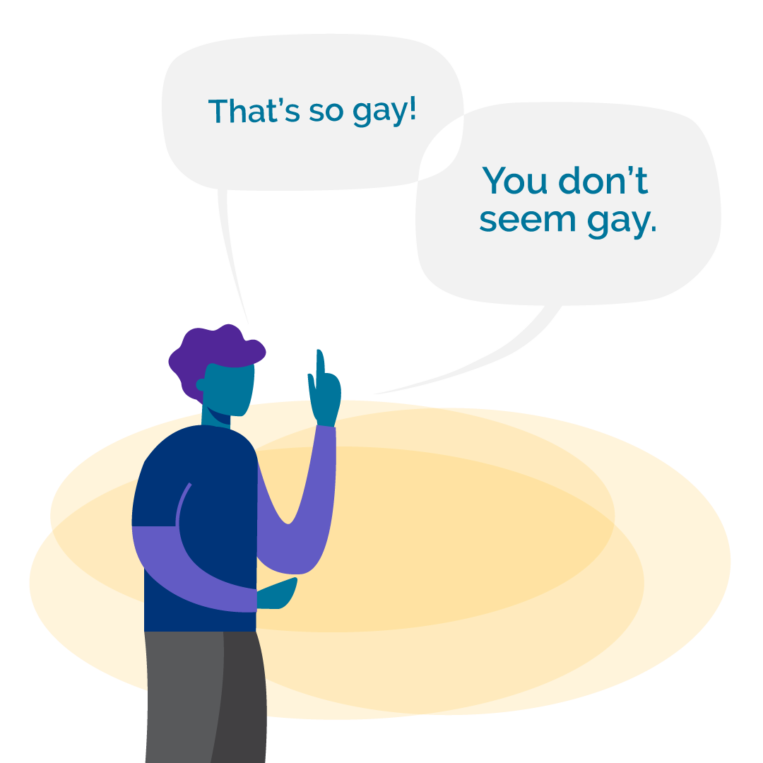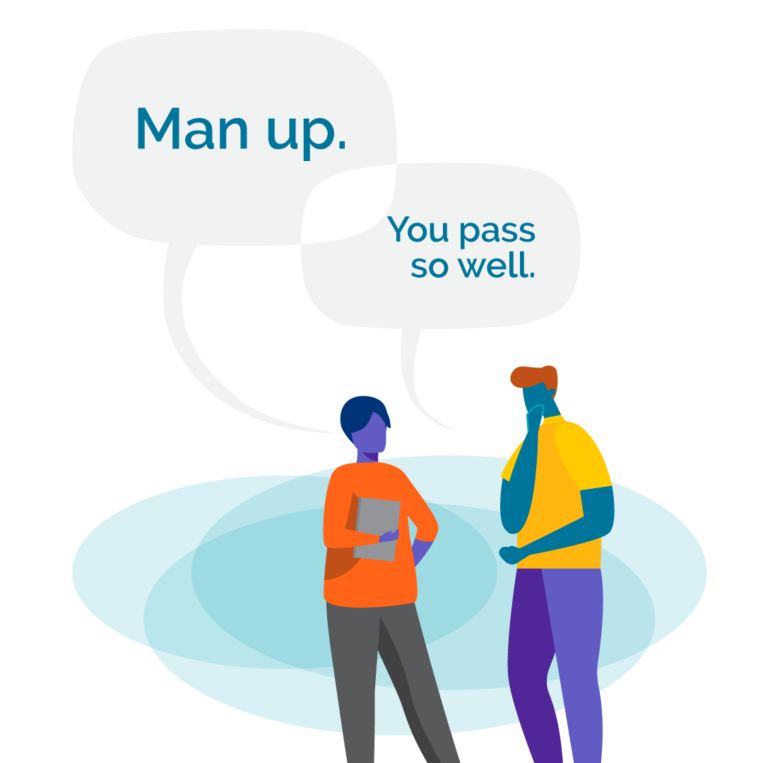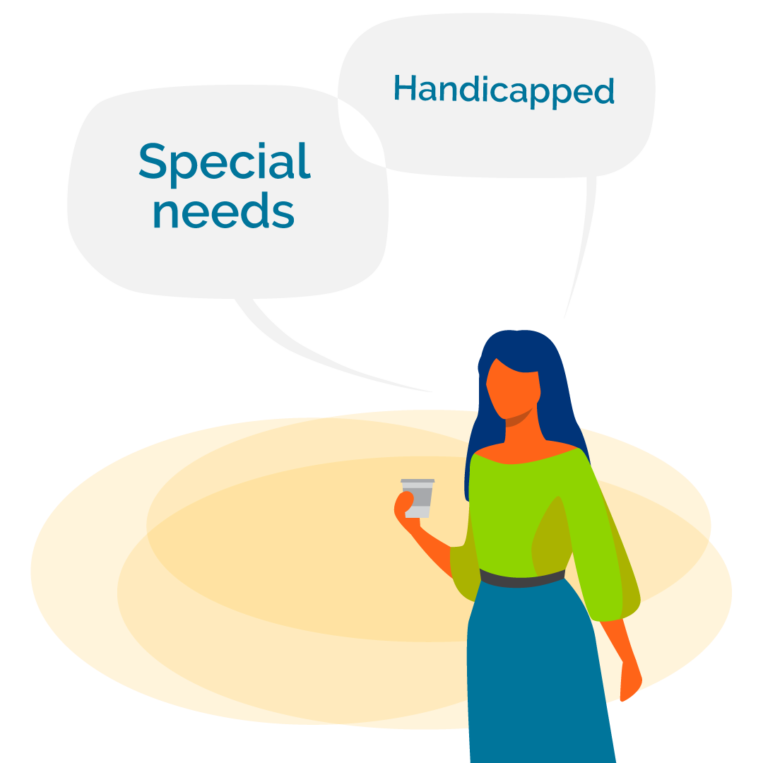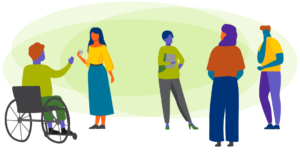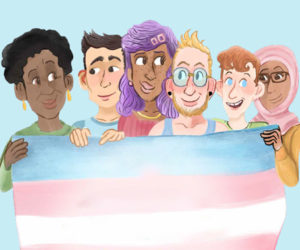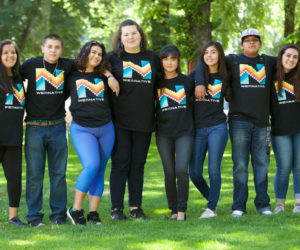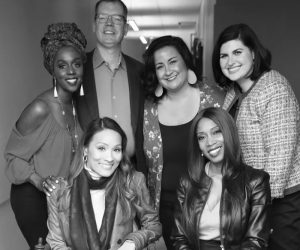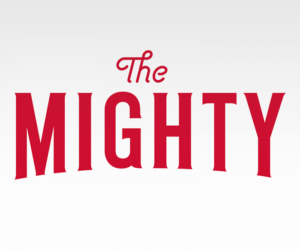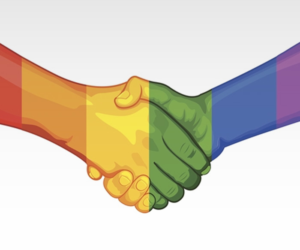what are microaggressions?
Microaggressions are statements or actions that create intentional or unintentional harm against stigmatized or culturally marginalized groups, such as people living with mental illness or other disabilities, people of color, women and femmes, and/or LGBTQ+ people. Microaggressions of all kinds negatively impact people’s mental and emotional wellbeing.
Microaggressions are person-to-person expressions that convey larger systems of power, such as racism, sexism, ableism, and homophobia. Embedded in our culture, institutions, and interactions, these systems can become part of our thinking without us even realizing. Despite best intentions, anyone – even those with a marginalized identity – can commit a microaggression. There’s always more for each of us to learn.


